Wolf 36' 6-burner range oven - how many CFM??
Lucybear05
12 years ago
Featured Answer
Comments (14)
weissman
12 years agoLucybear05
12 years agoRelated Professionals
Fox Lake Kitchen & Bathroom Designers · Greensboro Kitchen & Bathroom Designers · Manchester Kitchen & Bathroom Designers · Ojus Kitchen & Bathroom Designers · Redmond Kitchen & Bathroom Designers · South Farmingdale Kitchen & Bathroom Designers · Holden Kitchen & Bathroom Remodelers · Glendale Kitchen & Bathroom Remodelers · North Arlington Kitchen & Bathroom Remodelers · Port Orange Kitchen & Bathroom Remodelers · Skokie Kitchen & Bathroom Remodelers · Spokane Kitchen & Bathroom Remodelers · Tempe Kitchen & Bathroom Remodelers · Plant City Kitchen & Bathroom Remodelers · Town 'n' Country Cabinets & CabinetrySparklingWater
12 years agoLucybear05
12 years agoMadeline616
12 years agoSparklingWater
12 years agoMadeline616
12 years agoLucybear05
12 years agodocsknotinn
12 years agoMadeline616
12 years agosub-zero_wolf
12 years agoSparklingWater
12 years agoDesigningRichmond
11 years ago
Related Stories

HOUSEKEEPINGHow to Clean Your Range and Oven
Experts serve up advice on caring for these kitchen appliances, which work extra hard during the holidays
Full Story
KITCHEN DESIGNA Cook’s 6 Tips for Buying Kitchen Appliances
An avid home chef answers tricky questions about choosing the right oven, stovetop, vent hood and more
Full Story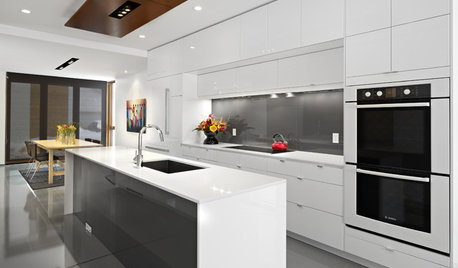
KITCHEN APPLIANCESFind the Right Oven Arrangement for Your Kitchen
Have all the options for ovens, with or without cooktops and drawers, left you steamed? This guide will help you simmer down
Full Story
KITCHEN DESIGNHow to Find the Right Range for Your Kitchen
Range style is mostly a matter of personal taste. This full course of possibilities can help you find the right appliance to match yours
Full Story
KITCHEN APPLIANCESThe Many Ways to Get Creative With Kitchen Hoods
Distinctive hood designs — in reclaimed barn wood, zinc, copper and more — are transforming the look of kitchens
Full Story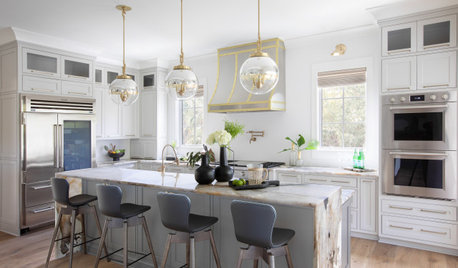
KITCHEN DESIGNDesigner Tips for Range Hoods, Appliances and Lighting
Learn how to get your microwave height just right, what kind of bar stool will be most comfortable and more
Full Story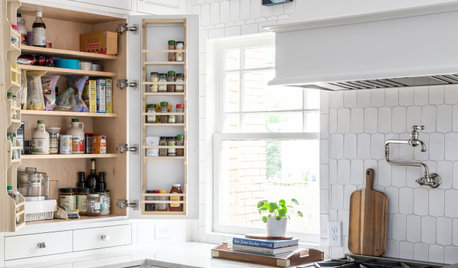
KITCHEN DESIGNPros Share 6 Must-Have Kitchen Design Features
Design and remodeling pros recommend focusing on these areas to create a functional and stylish kitchen
Full Story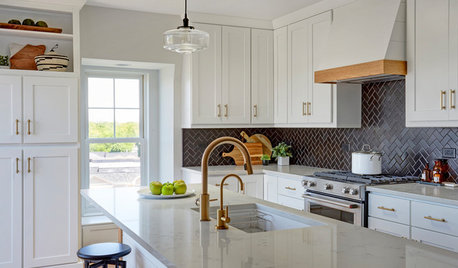
KITCHEN DESIGNBefore and After: 6 Kitchen Makeovers in 200 Square Feet or Less
See how pros used new layouts and finishes to make these kitchens work better for homeowners
Full Story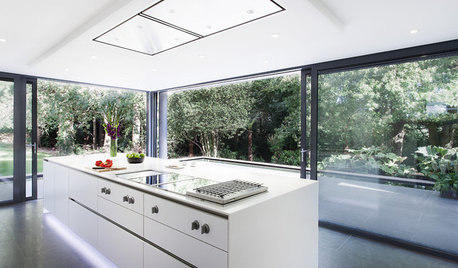
KITCHEN APPLIANCESDisappearing Range Hoods: A New Trend?
Concealed exhaust fans cut visual clutter in the kitchen
Full Story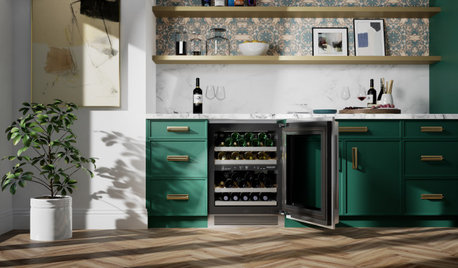
TRENDING NOW6 Trends in Kitchen and Laundry Appliances for 2021
Steam functions, drink systems and hygiene elements are featured in products introduced at the recent KBIS trade show
Full StoryMore Discussions







dljmth